Understanding Fine Hair
The Characteristics of Fine Hair
Fine hair is often mistaken for thin hair, but they are not the same. Fine hair refers to the diameter of the hair strands themselves, which are thinner in texture and softer compared to medium or coarse hair. This characteristic means fine hair can feel silkier and more delicate, but it also brings about unique challenges.
One of the most notable features of fine hair is its tendency to become oily quickly. Since fine hair is typically lighter, the natural oils produced by the scalp can weigh it down, leaving it looking flat and lifeless. In addition, fine hair is more prone to breakage and damage due to its delicate nature.
Common Challenges with Fine Hair
Individuals with fine hair often face several challenges, including:
- Lack of Volume: Fine hair can appear limp and flat, making volume elusive for many. This can affect hairstyles that require body and bounce.
- Easier Oil Oversaturation: Fine hair tends to absorb oils and products more quickly, leading to a greasier appearance.
- Tangles: Fine strands can tangle easily, making it important to use the right products to keep hair manageable.
- Frequent Breakage: The delicate nature of fine hair makes it more susceptible to breakage, especially with improper care and styling.
How Hair Texture Affects Styling Options
The texture of fine hair significantly influences styling choices. Because fine hair lacks volume and grip, it can be more challenging to hold curls or updos. Many styling techniques may not deliver the intended results, leading to a recurring struggle with maintaining styles throughout the day. As a result, those with fine hair often need to seek specialized techniques and products that cater to their unique texture.
Choosing the Right Hair Dryer
What to Look for in a Hair Dryer for Fine Hair
When selecting a hair dryer for fine hair, several key features can make a significant difference:
- Ionic Technology: Hair dryers that utilize ionic technology can help in reducing frizz and static while enhancing shine.
- Adjustable Heat Settings: A hair dryer with multiple heat settings is crucial, allowing for a lower heat option that protects fine hair during drying.
- Lightweight Design: A lighter hair dryer can minimize discomfort when styling, which is beneficial for those who may take longer drying their delicate hair.
- Diffuser Attachments: For enhancing natural texture or volume, a diffuser can be very useful, dispersing heat evenly without causing hair to frizz.
Review of Features: Tourmaline, Ionic, and Ceramic
Understanding the specific features of hair dryers can help refine choices for fine hair. Here’s a breakdown of commonly used technologies:
- Tourmaline: This mineral emits negative ions, helping to lock in moisture and enhance shine. It’s especially beneficial for fine hair as it can reduce drying time, which minimizes heat exposure.
- Ionic: Ionic hair dryers generate negative ions that help break down water molecules for faster drying while minimizing heat damage. They are a preferred choice for fine hair.
- Ceramic: Ceramic dryers provide even heat distribution, reducing hot spots while drying. This feature is essential for preventing hair damage.
Recommended Hair Dryers for Fine Textures
Here are some top-rated hair dryers that cater particularly well to fine hair:
- Dyson Supersonic: Renowned for its technology, this hair dryer is lightweight, has multiple heat settings, and provides fast drying yet minimizes heat damage.
- Babyliss Pro Nano Titanium: Lightweight with powerful heat control and ionic technology, it helps create smooth styles while maintaining hair’s health.
- Conair Infiniti Pro: An affordable option, it features ionic technology and multiple heat settings, which is ideal for fine textures.
Styling Techniques for Fine Hair
How to Use a Hair Dryer for Maximum Volume
To achieve maximum volume with fine hair, start by applying a volumizing mousse at the roots. Use a round brush while blow-drying to lift sections of hair away from the scalp. Direct the airflow from the roots to the ends, ensuring that you use medium heat and speed levels to avoid damage. For extra height, flip your head upside down when drying and finish with a cool shot to set the volume.
Best Hairstyles for Fine Hair with Styling Tips
Fine hair can be styled into numerous flattering looks with the right techniques:
- Textured Lob: This cut adds dimension, and with the use of a texture spray, it can make fine hair appear fuller.
- Soft Waves: Use a curling wand to create waves, then gently break them apart with fingers for a tousled look.
- Half-Up Styles: These can lend volume while keeping hair out of your face, utilizing braids or twists for decor.
Dos and Don’ts of Drying Fine Hair
To maintain the health of your fine hair while drying, consider the following:
Dos:
- Use a heat protectant spray before drying.
- Dry hair at medium heat to prevent damage.
- Section hair to ensure even drying.
Don’ts:
- Don’t dry hair completely; leave a little moisture for styling.
- Don’t use high heat settings, which can cause brittleness.
- Don’t skip conditioner, as hydration is vital for fine hair.
Maintaining Healthy Fine Hair
The Importance of Heat Protection
Fine hair is particularly vulnerable to heat damage. Therefore, using a quality heat protectant is essential before applying any heat styling tools. These sprays or creams form a protective barrier around the hair cuticle, reducing potential damage and keeping hair healthy.
Hair Care Regimens Best Suited for Fine Hair
To ensure fine hair remains healthy and vibrant, adhere to a consistent hair care regimen that includes:
- Gentle Shampoo: Choose sulfate-free shampoos that don’t strip moisture, and wash hair regularly to avoid product buildup.
- Lightweight Conditioners: Opt for creamy conditioners that provide hydration without added weight.
- Regular Trims: Schedule trims every 6-8 weeks to prevent split ends and maintain style.
How Proper Maintenance Extends Hairstyling Longevity
Regular maintenance of fine hair not only promotes health but also enhances the lifetime of hairstyles. When hair is well-cared for, it retains shape and style better, reducing the need for constant restyling. This also leads to better overall performance when styling products are used, offering a more lasting hold and finish.
Professional Advice and Trends
Expert Tips from Hairstylists
Professionals in hairstyling often recommend techniques and tricks that can elevate fine hair styling:
- Layering: Incorporating layers can add volume and texture, making hair appear thicker.
- Balayage or Highlights: Dimension from coloring can create an illusion of fullness.
- Avoiding Heavy Products: It’s crucial to steer clear of heavy oils and waxes that can weigh fine hair down.
Current Trends for Fine Hair Styling
As hair trends evolve, some notable styles for fine hair have emerged:
- Shag Haircuts: The shag is back and pairs well with fine texturing, giving volume and movement.
- Curtain Bangs: These soft bangs can frame the face and work well with a variety of lengths.
- Wet Look Styles: This trend embraces a sleek, polished look that can give the appearance of thicker hair.
Resources for Further Learning
For those wanting to deepen their knowledge about hair care and styling for fine hair, numerous resources are available, including:
- Books on Hair Care: Look for titles that focus on textures and types of hair care.
- Online Tutorials: Many stylists share their techniques through video tutorials for practical learning.
- Professional Courses: For serious students or professionals, workshops or courses on hair styling are invaluable.
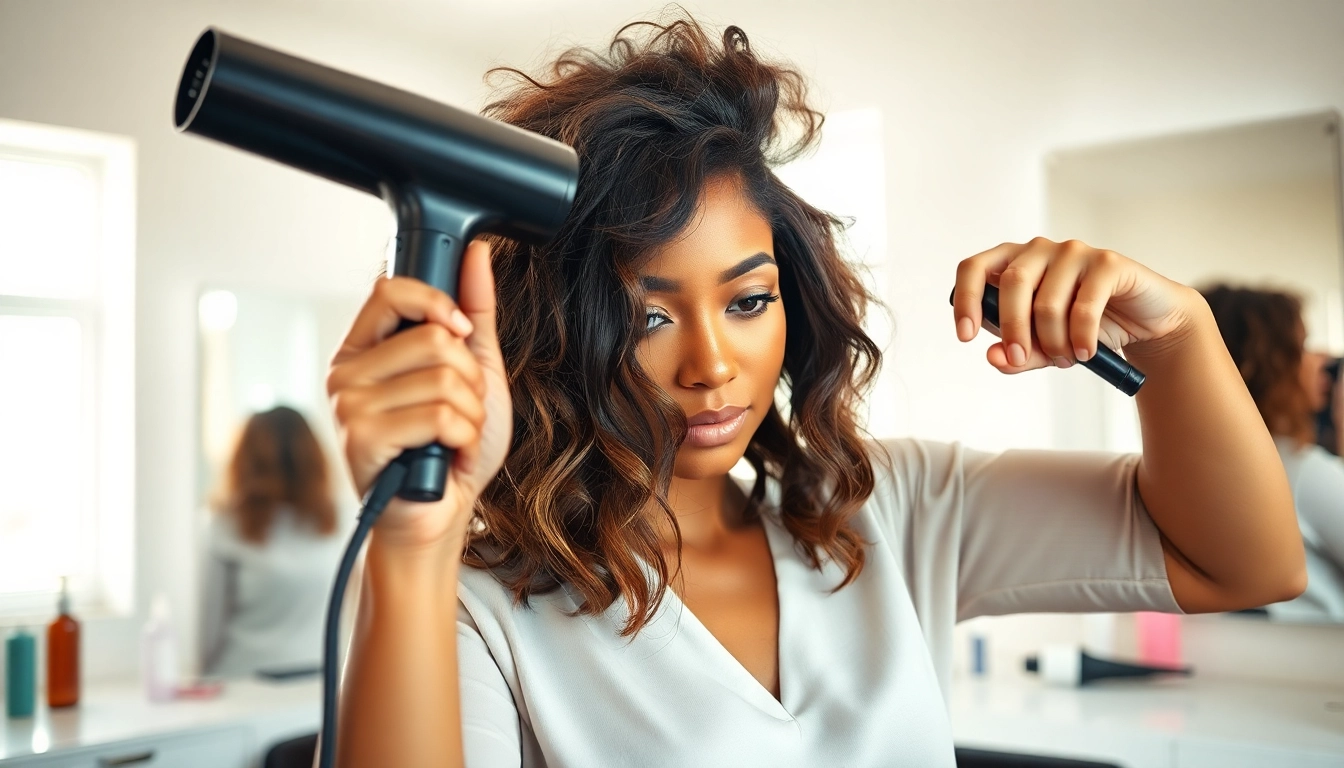
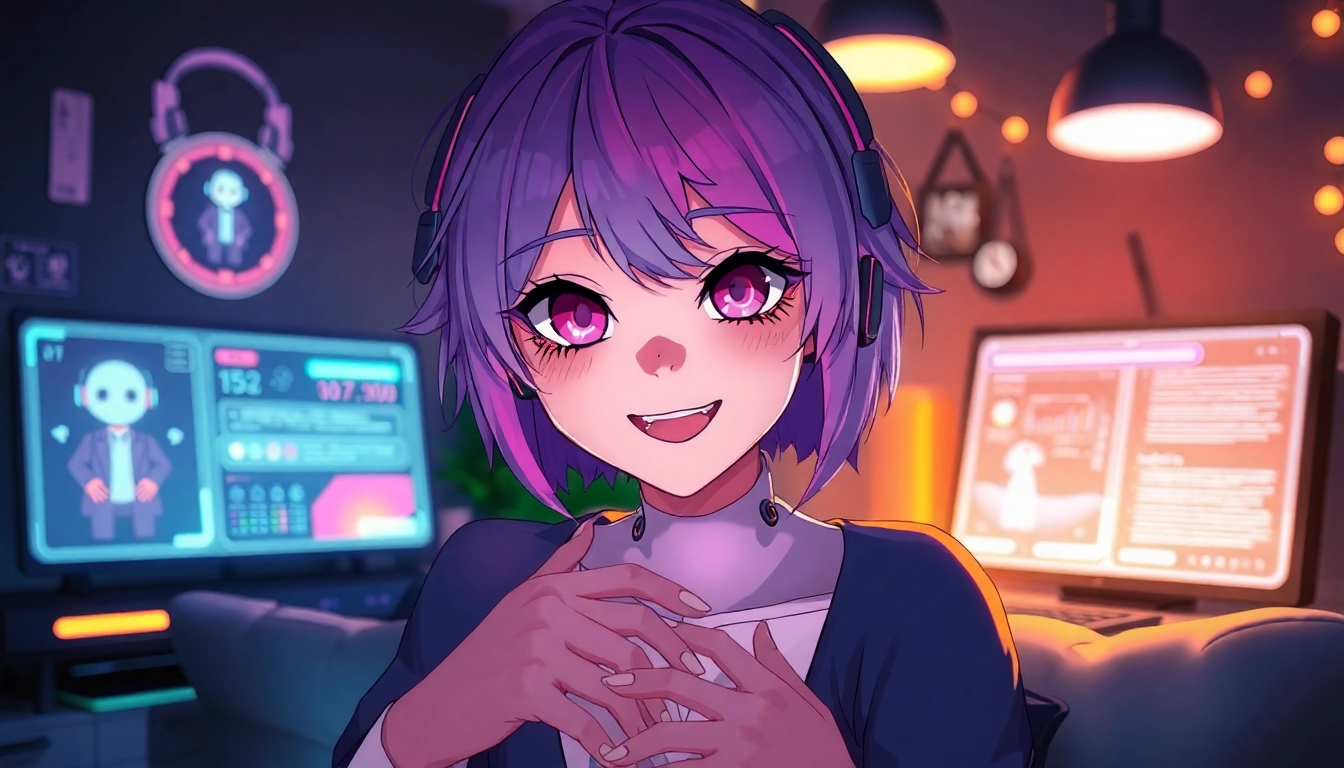
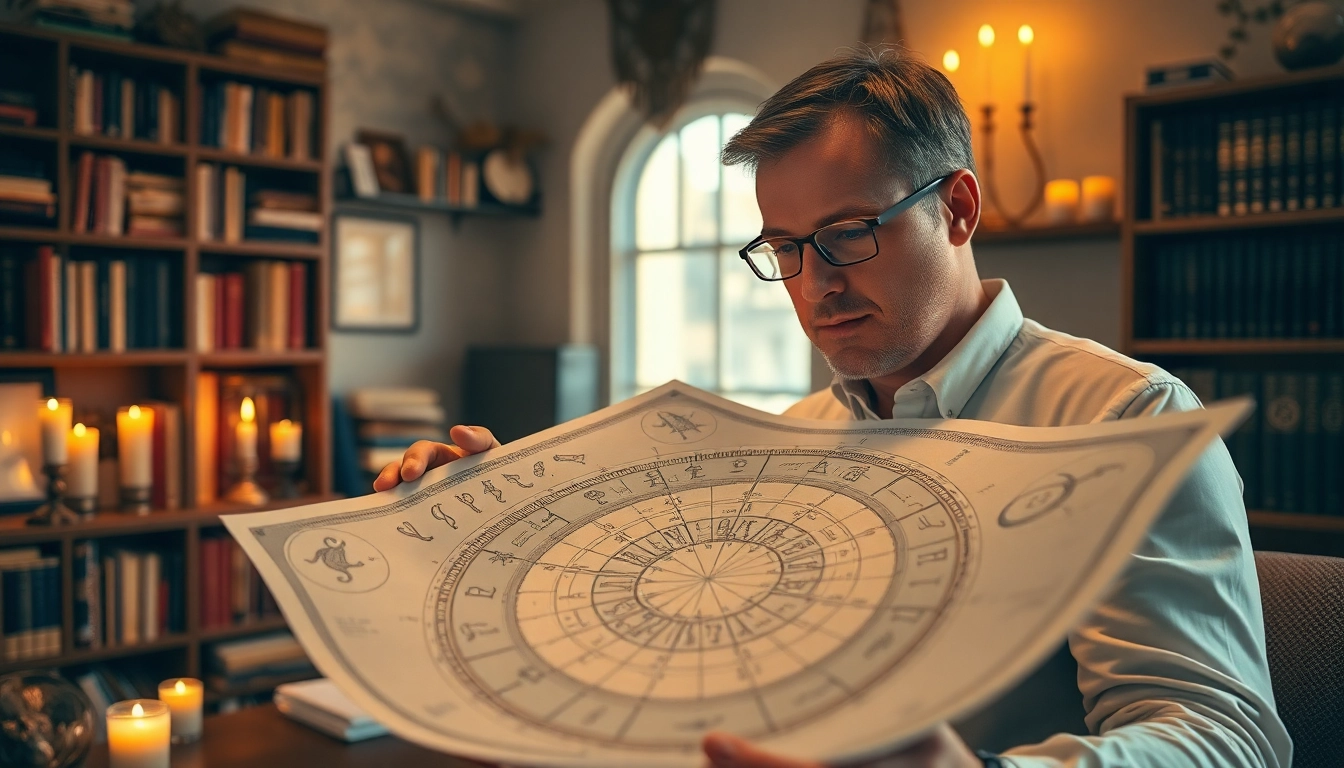

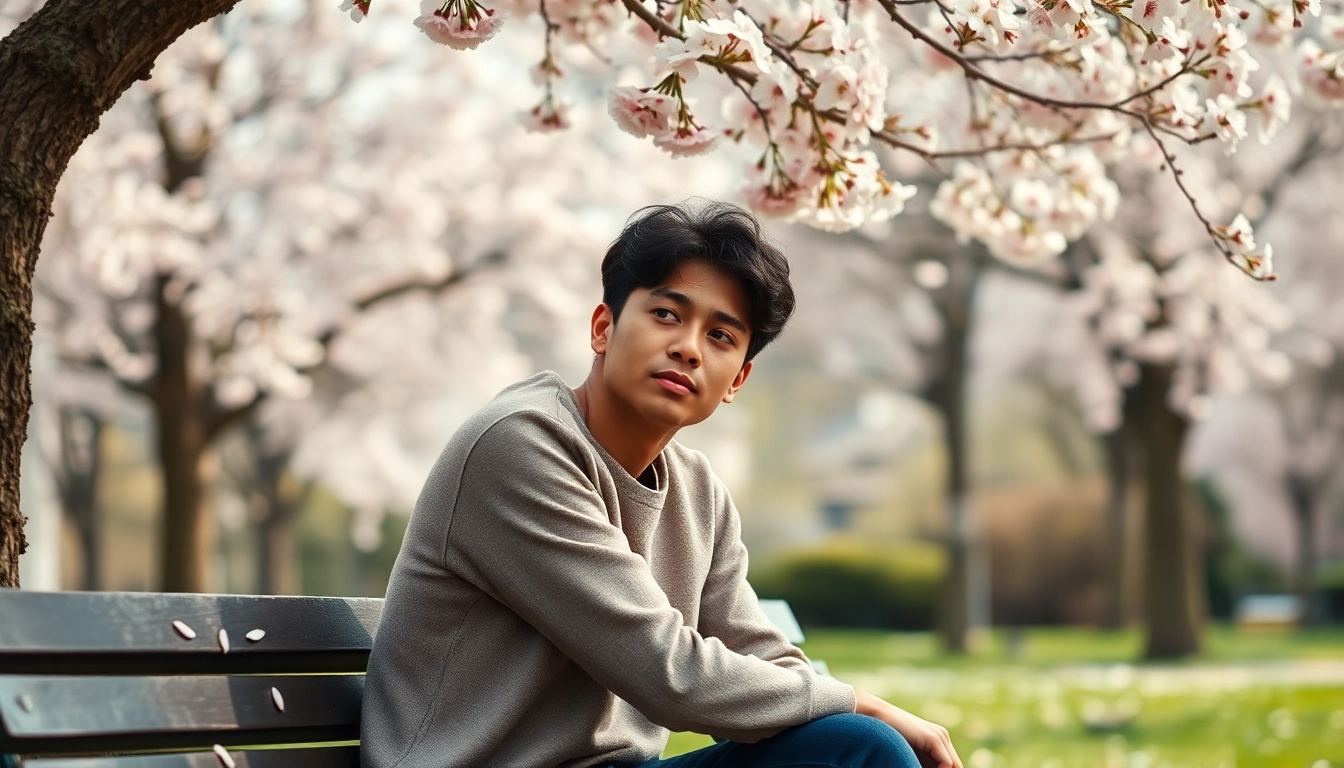






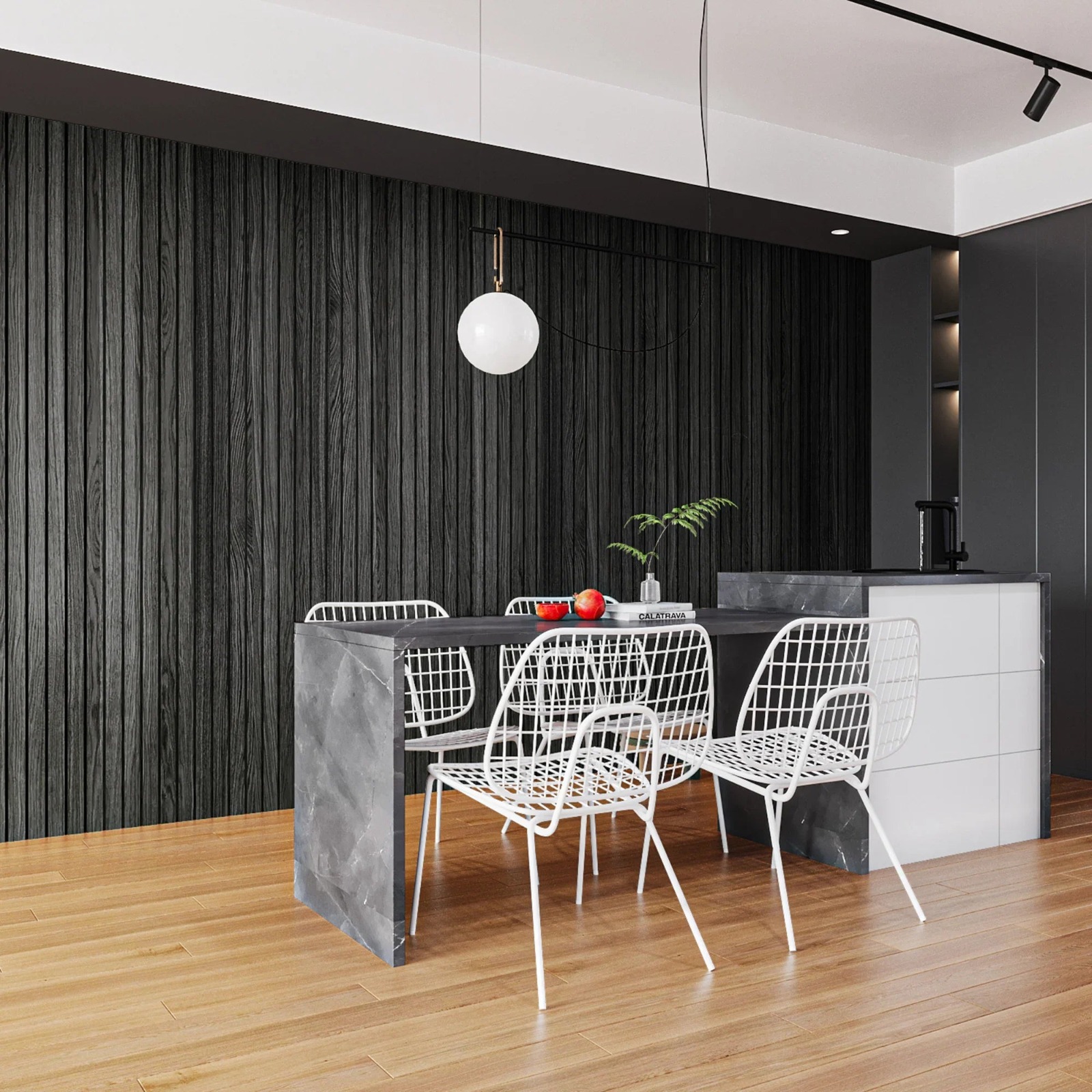



Leave a Reply